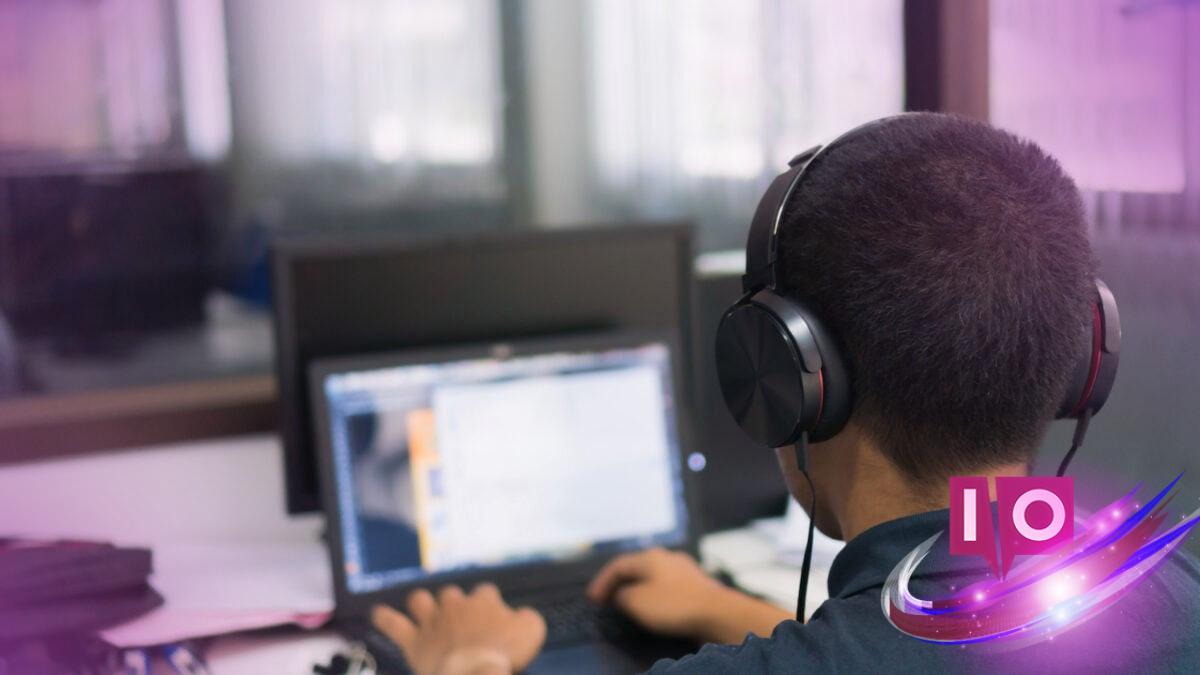In recent discussions around student safety, a chilling quote caught attention: “I want to kill myself. I’m bottling everything up so no one worries about me.” This stark statement was shared in a Bloomberg report detailing the growing trend of using AI chatbots in schools, and the ensuing monitoring of student interactions.
This highlights a pressing issue: the ways in which children, equipped with school-provided technology, are engaging with AI chatbots, and the role of monitoring software designed to oversee these interactions. According to Bloomberg, a significant number of American K-12 students are now under surveillance by these AI-driven systems.
The Reality of Student Technology in Schools
For those unacquainted with the current K-12 landscape, let’s shed light on how prevalent school-issued devices are. The Los Angeles Unified School District, for example, provided approximately 96 percent of elementary school students with laptops at the onset of the Covid pandemic. This initiative has paved the way for continuous access to technology in schools.
Concerns Over Monitoring Software
Concerns are mounting regarding AI-powered monitoring tools employed by school districts. The Electronic Frontier Foundation (EFF) has criticized platforms such as Gaggle and GoGuardian, arguing that they can misidentify normal behaviors—particularly among LGBTQ students—as inappropriate. Their stance, supported by the RAND Corporation study, posits that such monitoring does “more harm than good.”
Interestingly, many of these monitoring systems are now being promoted as safety nets to intercept discussions about self-harm, as Julie O’Brien of GoGuardian indicated to Bloomberg: “In about every meeting I have with customers, AI chats are brought up.” The report also mentioned alarming interpretations of student dialogue, such as queries about self-harm methods and firearms.
Statistics and Implications of Monitoring
Lightspeed Systems reported that Character.ai led the pack in problematic interactions, accounting for 45.9%, followed by ChatGPT at 37%, with other services making up 17.2% of flagged conversations. This raises questions about the effectiveness and ethics surrounding surveillance software.
How Is Monitoring Software Implemented?
Monitoring software utilizes natural language processing to analyze user interactions. Upon detecting concerning language, the software alerts a human moderator, who then decides if there’s a basis for further action—often involving school officials or law enforcement.
Does Monitoring Improve Teen Safety?
Ongoing debates surrounding the efficacy of such monitoring continue. A 2021 Wired essay by software designer Cyd Harrell emphasizes that excessive oversight can actually exacerbate risks for teens. Studies indicate that kids who are monitored tend to become more secretive and are less inclined to reach out for help, suggesting that surveillance can erode trust rather than foster safety.
In the realm of education, where students use school-monitored devices, the stakes are high. Many teenagers may turn to chatbots for advice on personal issues, unaware that their conversations are being scrutinized.
As a society, we face a challenge—ensuring children’s safety without compromising their privacy and trust. Navigating this digital landscape as a child can feel overwhelming.
If you struggle with suicidal thoughts, please call 988 for the Suicide & Crisis Lifeline.
What should parents know about AI monitoring in schools? It’s crucial for parents to understand that AI monitoring software can misinterpret normal behavior, particularly in sensitive aspects like gender identity. Keeping an open dialogue with kids about their online interactions can empower them to express their feelings more freely.
Are these monitoring systems truly effective in preventing harm? While they aim to intercept dangerous conversations, data suggests that they may hinder genuine communication between students and trust in adults.
What can parents do to support their children in this digital age? Encouraging open conversations about the use of technology and understanding its implications can help build resilience and trust.
As digital landscapes evolve, it’s vital to pay attention to how they affect our children. For further insights into navigating modern parenting challenges, consider exploring additional resources. Visit Moyens I/O for more information.
